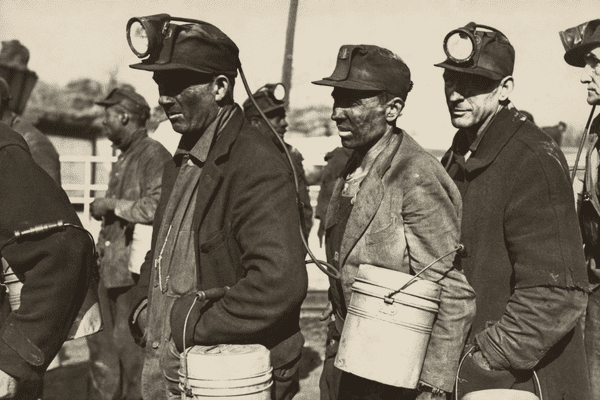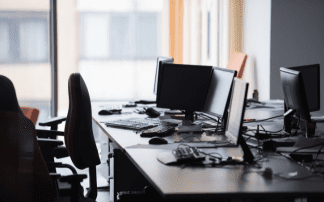How workplace perks have evolved, and what you can do to prepare as a H&S Manager
From the installation of healthcare insurance in the 1930s to the present day, workplace perks have been adding incentives for those looking for a new position, while enhancing the working lives of existing employees.
The rate at which workplace perks have evolved even in the past couple of years is comparable to the way in which we work, which has place emphasis on different values.
In the article, we chart the progression of workplace perks, and dig into whether modern day benefits are meeting demand.
Workplace perks timeline: how things have developed since 1930

1930s-1960s – Unions introduce standardised benefits like health insurance, retirement plans, and paid vacations.
1970s- 1990s – The focus turns to more diverse benefits including childcare support, employee assistance programs and gym memberships. Casual Fridays emerge, introducing a more relaxed environment.
2000s-2010s – The rise of the tech industry introduced modern workplace perks, like free food, on-site fitness facilities, and flexible work hours. The concept of remote work and telecommuting became more widely accepted, while wellness programs, which often included yoga classes, meditation sessions, and mental health support became more commonplace.
2010s-today – Tech companies began a battle of one-upmanship of extravagant benefits, such as games rooms, on-sight massages and unlimited vacation days. Shared parental leave came into force in 2015 offering parents greater flexibility. The COVID-19 pandemic led to a more widespread adoption of remote and hybrid work arrangements.
2020s and beyond – Work styles, changing demographics and global challenges will force the continued evolution of workplace perks. Sustainability initiatives may become more prominent, while personalised benefits will allow employees to choose perks that align to their unique needs and values.
Modern day benefits: how do current demands impact lone working?
What’s clear in the benefits progression from the 1930s is the demand for more. Employees want more flexibility, greater choice, and better support, whether that’s around health, finances or travel.
Increases in flexibility in how we work will have an impact on lone workers, increasing the number of people who work in isolation at any given time.
Not only do initiatives such as hybrid working, flexible hours, duvet days and four day working weeks create more instances where people will be left alone in their workplace, but a study from Global Recruiter found that the younger generation are actively seeking out opportunities where they can work on their own.

Preparing for benefit shifts
Just as a manager might look ahead at summer holiday season, where attendance in the workplace might be sporadic during the months of August and September, so they could look at how increased flexibility impacts the risks associated with lone working.
Evaluating a risk assessment might throw up some positives. While increased flexible working could mean emptier offices, it could lower the demands of a commute, such as long journey fatigue or concerns around personal safety when the nights draw in.
Ensuring personal safety for everyone
To manage the personal safety of your entire organisation with one solution, it needs to be as flexible as your working arrangements. You might have some employees who are at a heightened risk on a regular basis, while others might just find themselves in the office alone from time to time.
A lone worker app like our PG Smart allows you to roll out a personal safety perk to everyone, whatever their level of risk, without you having to pay extra for features that are less important.
For example, a higher risk employee could be covered by a monitored solution, with either your own security personnel or operators at our partner ARCs ready to handle an emergency SOS, 24/7.
Lower-risk employees could have their app set up to notify emergency contacts at the push of a button, whether they’re at work or on their way home.
All options come with the PG Smart App‘s standard features, including SOS button, Time at Risk, Pre-Alert, Fall Detection and Safe Home geo-fencing.
Find out more about the PG Smart App and our monitoring options on our lone worker solutions page.
